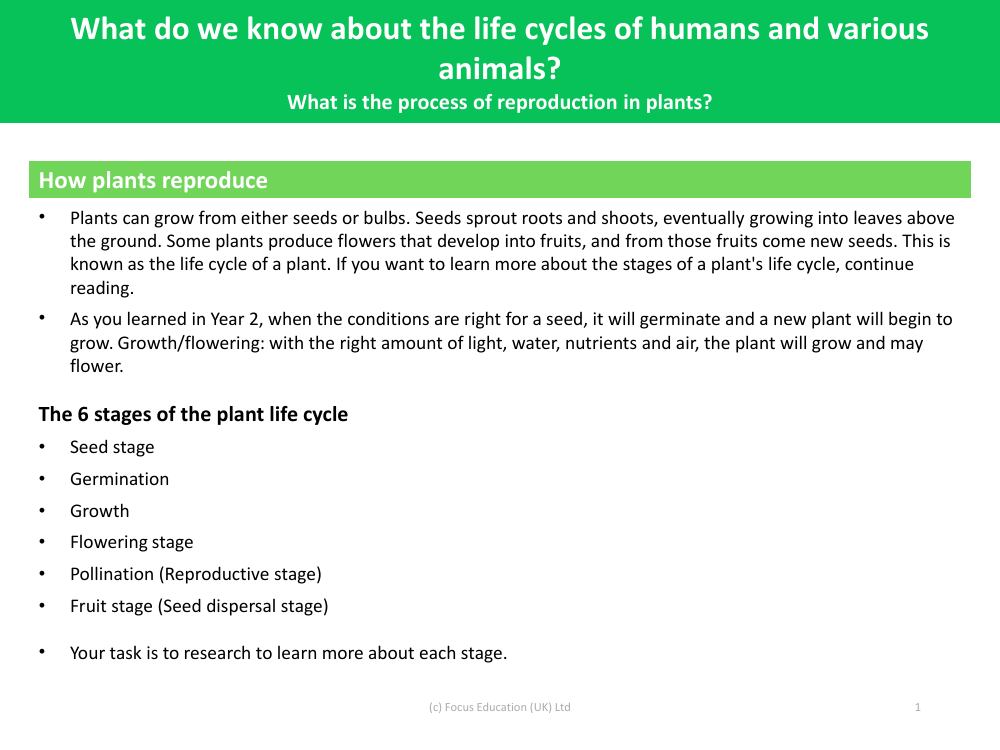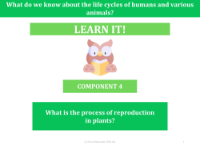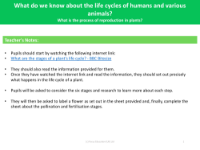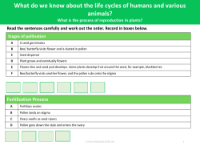How plants reproduce? - Changes as you grow - Year 5

Science Resource Description
Plants have a fascinating way of reproducing and their life cycle can start from seeds or bulbs. When a seed finds itself in the right environment, it begins to sprout roots and shoots, which will eventually push through the soil and form leaves that reach towards the sunlight. Some of these plants will go on to produce flowers, and it's within these flowers that fruits develop, containing new seeds to continue the cycle. This process is known as the life cycle of a plant and includes several stages that students can explore further to understand the intricate details of plant growth and reproduction.
The life cycle of a plant is comprised of six distinct stages. It starts with the seed stage, where the potential for a new plant lies dormant. Next is germination, where the seed begins to sprout in the right conditions. Following this is the growth stage, where the plant develops its roots, shoots, and leaves. The flowering stage is when the plant may produce flowers, leading to the reproductive stage of pollination. Finally, the fruit stage involves seed dispersal, where the fruits release seeds to give life to new plants. Year 5 students are encouraged to delve into research to gain a deeper understanding of each stage of the plant life cycle and compare it with the life cycles of humans and various animals, noting the similarities and differences in the process of reproduction.





